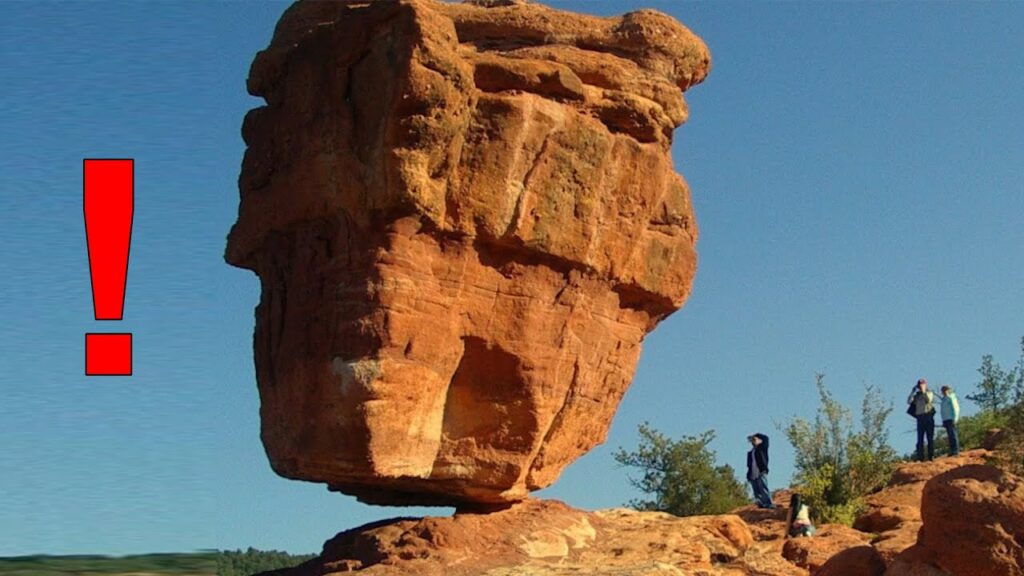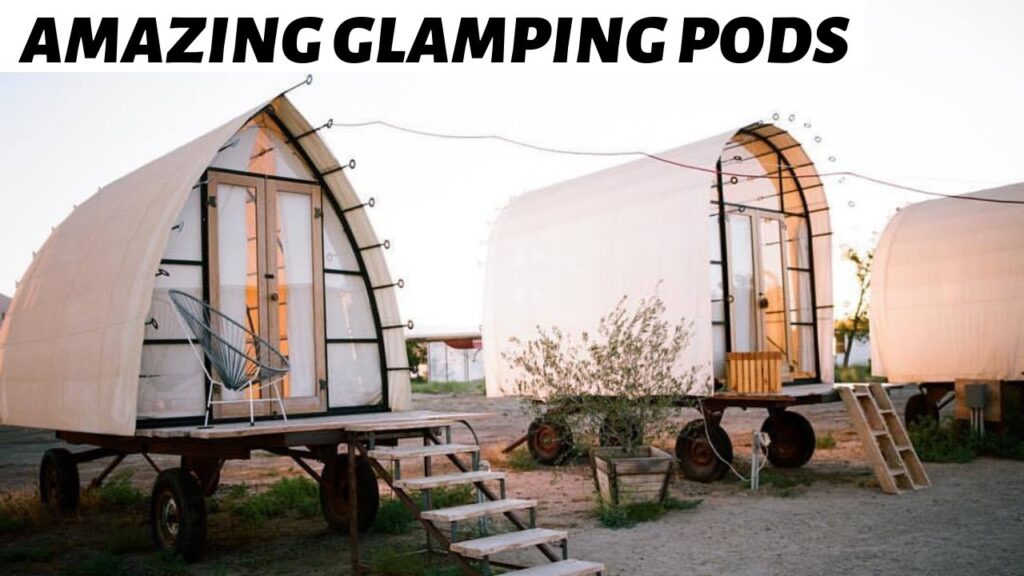Exploring Mexico on Two Wheels: The Rise of Bicycle Tourism
With its diverse landscapes ranging from sandy shores to rugged mountains, Mexico presents an exhilarating destination for cyclists looking for adventure. The rise of bicycle tourism in Mexico can be attributed to the increasing desire for sustainable and immersive travel experiences. Biking allows travelers to connect with the environment and local communities on a deeper level while promoting low-impact tourism. Routes such as the Oaxaca Valley and the Mayan backroads offer a unique blend of natural beauty, history, and culture, making every pedal an opportunity for discovery.
Local initiatives have begun to recognize the economic and environmental benefits of encouraging bicycle tourism. Communities along popular routes have started to offer services specifically catering to cyclists, such as bike-friendly accommodations, repair shops, and guided tours. These efforts have not only supported local economies but also fostered a culture of inclusivity and shared passion for two-wheeled explorations. With the government investing in cycling infrastructure to connect key touristic sites, it is now easier and safer than ever for cyclists to navigate through Mexico’s myriad of wonders.
The health benefits associated with cycling contribute further to its popularity among tourists. Not only does it present a challenging physical activity but also encourages a slower pace of travel, allowing individuals to appreciate their surroundings more fully. Whether cycling through the cobblestone streets of colonial towns or along coastal vistas, each journey by bike is a chance to engage with Mexico’s vast and varied terrains. Every year, more cycling events and festivals spring up, cementing the nation’s reputation as a premier destination for biking enthusiasts from around the globe.
A Greener Path: How Bicycles are Changing Mexico’s Urban Landscapes
In the heart of Mexico’s bustling cities, a quiet revolution is taking place. The humble bicycle, often overlooked in the age of motorized transport, is emerging as a powerful tool for urban transformation. As streets once clogged with cars begin to open up to two-wheeled travelers, the environmental, social, and health benefits are becoming increasingly apparent. Cities like Mexico City, Guadalajara, and Monterrey are leading the way, demonstrating that a greener path is not only possible but also practical.
The rise of bicycle infrastructure, including dedicated lanes and bike-share programs, is a testament to the growing recognition of the bike’s potential. These initiatives have not only provided safer avenues for cyclists but also encouraged a culture of biking that appeals to all ages and backgrounds. As bike lanes weave through the urban fabric, connecting neighborhoods and landmarks, they serve as green arteries that help to reduce pollution and noise in the densely populated urban centers.
Moreover, bicycles have become a symbol of sustainable urban planning and living. With each pedal-stroke, citizens are participating in a collective effort to cut carbon emissions and combat climate change. The adoption of biking goes hand-in-hand with other eco-friendly practices, such as urban gardening and recycling programs, creating a holistic approach to greener city living. The impact on air quality is palpable, as fewer cars on the road mean less smog and cleaner skies above Mexico’s historic skylines.
But the change is not just physical; it’s cultural. Bicycles are bridging social gaps, connecting people from varied economic backgrounds and fostering a sense of community. Group rides and cycling events are commonplace, cultivating an inclusive environment where everyone can come together to share in the joys of biking. This shared experience is reshaping the social dynamics of cities, helping to break down barriers and creating a unified urban populace traveling on a greener path toward a sustainable future.
Pedal Power: The Growing Popularity of Bicycling in Mexico
In recent years, Mexico has witnessed a significant shift in the urban mobility landscape with the emergence of bicycling as a preferred mode of transport. The growing environmental awareness, alongside efforts to reduce traffic congestion and the increasing investment in cycling infrastructure, has cultivated a vibrant cycling culture. From the bustling streets of Mexico City to the scenic coastal roads of Baja California, locals and tourists alike are opting for the humble bicycle to explore the multifaceted terrains and cityscapes that Mexico offers.
The government’s initiative, «Bicicleta Pública,» a public bike-sharing program, has played a pivotal role in this change. Cities like Mexico City, Guadalajara, and Monterrey have successfully implemented these systems, offering thousands of bikes across numerous stations, available for rent at a nominal fee. This has not only promoted cycling for daily commutes but has also encouraged cyclists to participate in group rides and bike festivals, further solidifying the bike’s status as a symbol of sustainable mobility and community engagement.
Aside from the urban push, adventure tourism has seen a rise in those seeking to pedal their way through Mexico’s natural landscapes. Bicycling tours have become increasingly popular, granting adventurers an up-close experience of Mexico’s diverse ecosystems, from the dense jungles of Chiapas to the rugged mountains of the Sierra Norte. Eco-friendly tour companies are offering guided biking adventures that cater to all levels of experience, emphasizing the thrill of exploration on two wheels while leaving a minimal environmental footprint.
Cyclist-friendly legislation has also been a driving force behind the blossoming bike culture. Cities have begun to realize the importance of policies that ensure the safety and rights of cyclists, leading to the development of dedicated bike lanes and legal frameworks that aim to protect riders in traffic. These measures not only make bicycling more appealing as a safe and reliable transportation alternative but also underline the country’s commitment to fostering a healthier, more inclusive, and environmentally-conscious lifestyle among its people.
Bike Trails and Routes: Discovering Mexico’s Natural Beauty
Mexico is a land of diverse landscapes, from the crystal-clear waters of the Caribbean to the rugged mountain ranges of the Sierra Madre. For cycling enthusiasts, it’s a playground of opportunities. Biking through Mexico offers a unique approach to immersing oneself in the natural beauty and culture of this vibrant country. It’s not just a journey; it’s an adventure that takes you through ancient forests, tropical coastlines, and traditional villages that have remained unchanged for centuries.
Riding trails like the Oaxaca Valley route allows cyclists to experience the rich tapestry of Mexican history first-hand. Here, amidst the backdrop of pre-Columbian ruins and colonial churches, the fusion of past and present is palpable. Cyclists can pedal through terrains that offer varying levels of difficulty, ensuring that there’s a path suited for casual riders and daring mountain bikers alike. It’s recommended to plan your itinerary around the local climate and elevation changes to make the most of your cycling adventure.
For those seeking thrill and elevation, the Sierra Norte de Puebla provides a myriad of trails that navigate through its lush and mist-shrouded forests. The aroma of wildflowers and the sounds of nature form an enchanting experience as one traverses through the clouds. Here, dedicated biking paths ensure a safe and eco-friendly way to explore the heart of Mexico’s wilderness. Bikers are encouraged to stay on designated trails to preserve the delicate biodiversity of these regions.
Coastal rides offer a different set of pleasures. The breezy and scenic Yucatan Peninsula brings you closer to Mexico’s Mayan heritage, with easy routes that are as relaxing as they are enriching. Cycling along the Riviera Maya presents an extraordinary blend of azure waters, powdery white sands, and historical ruins. Each pedal stroke along this coastal paradise promises a refreshing dip in the ocean, encountering cenotes—natural sinkholes filled with fresh water—or spotting vibrant wildlife in its natural habitat.
The Bicycle as a Cultural Icon: Mexico’s New Love Affair with Cycling
In recent years, Mexico has witnessed a burgeoning romance with bicycles. Once seen primarily as a child’s plaything or a simple mode of transportation for the working class, bikes have pedaled their way into the heart of contemporary Mexican culture. Cities have been transformed by the introduction of bike lanes and cycle-friendly policies, reflecting an evolving national consciousness towards health, sustainability, and community.
Urban centers, in particular, are adopting this two-wheeled trend with open arms. Mexico City, for example, has seen an explosion of cyclists on its streets due to initiatives like ‘EcoBici’, the city’s public bike-sharing system. This cultural shift transcends practicality; cycling has become a statement of lifestyle, a commitment to environmental responsibility, and an expression of the desire for a more connected and socially cohesive urban life.
Critical to this cultural embrace is the annual event ‘Ciclotón,’ a city-wide cycling event in Mexico City that promotes the sport as a leisure activity and brings together people from all walks of life. Family and friends, young and old, take to their bikes, flooding the streets with a colorful display of community and joy. These events have done more than just promote health and reduce carbon footprints; they have embedded cycling into the fabric of Mexican social culture.
The rising popularity of cycling has given birth to a new wave of Mexican artisans and entrepreneurs. Boutique bike shops have sprung up, meeting the demands of a discerning clientele seeking both style and substance. These establishments are more than retail spaces; they are hubs of cultural exchange where ideas about design, urban mobility, and lifestyle converge, championed by the burgeoning subculture of cycling enthusiasts.
Perhaps the most telling sign of the bicycle’s iconic status in Mexico is the proliferation of cycling groups and clubs across the country. From hardcore mountain biking factions to groups that organize picturesque rides through cobblestoned streets, these communities embody a passion for two-wheeled exploration that is reshaping Mexican society’s view of transportation, ecology, and urban living. Bicycles, once a simple necessity, are now celebrated as a vibrant and indispensable component of Mexico’s cultural identity.
From Commute to Adventure: Bicycles Transforming Travel in Mexico
The humble bicycle is experiencing a renaissance in Mexico, moving beyond a simple tool for commuting to become an emblem of adventure travel. As more individuals seek out eco-friendly and health-conscious ways to explore, the two-wheeled wonder is enabling a deeper connection to Mexico’s diverse landscapes. From the bustling streets of Mexico City to the rugged trails of the Sierra Norte, bicycles are unlocking a new realm of travel possibilities.
One significant advantage of bicycle travel is the ability to access areas beyond the reach of traditional tour buses and rental cars. For example, the Vias Verdes initiative has repurposed old rail lines into bike trails, allowing travelers an intimate glimpse into Mexico’s remote villages and undisturbed natural environments. These trails embody the spirit of adventure, challenging riders with their undulating terrains, all while offering spectacular views.
Moreover, Mexico’s growing network of bike lanes and rental schemes in urban areas is facilitating cycle tourism like never before. Cities like Guadalajara and Monterrey are setting the pace, investing in infrastructure that encourages locals and tourists alike to explore urban centers on two wheels. As the sun sets over Mexico’s colonial architecture and vibrant street art, the bicycle stands as the perfect companion for an immersive cultural experience.
Beyond the pavement, mountain biking is gaining traction, catering to those who crave an adrenaline rush alongside their cultural enrichment. Destinations such as Copper Canyon and the mountainous regions of Chiapas offer tracks that rival any adventure sport in terms of excitement and scenic beauty. It’s clear that across Mexico, bicycles are not just a mode of transportation; they are a catalyst for adventure and a fresh lens through which one can appreciate the nation’s beauty.



